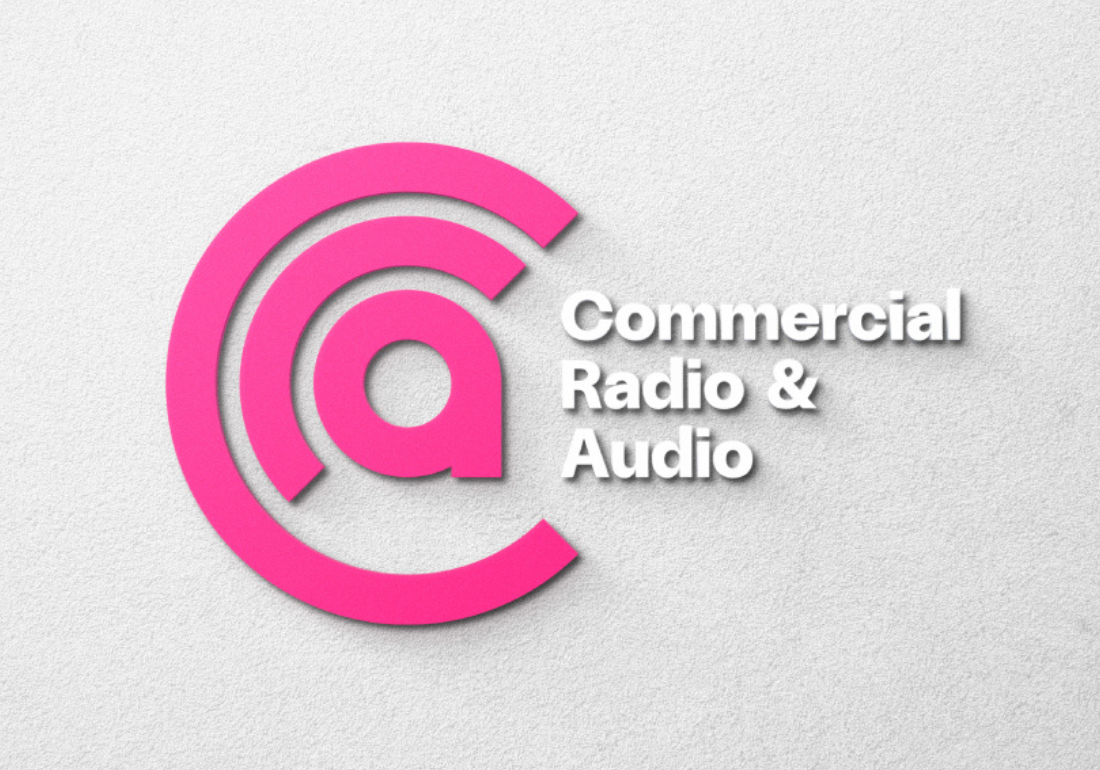Commercial Radio Code of Practice Review
Commercial Radio Australia (CRA) is conducting a review of the Commercial Radio Code Of Practice and we need your input to support Australian Music.
The CRA is led by a Board Of Directors made up almost solely from commercial radio stations, who have conducted an initial minor review finding that “the Code is operating effectively and continues to provide effective safeguards in line with community standards.”
The ALMBC disagrees and we believe that given the monumental changes to every aspect of the way that music is unearthed and enjoyed since the last review almost ten years ago, something more than a cursory glance is required, if only to ensure the survival of commercial radio – but hopefully to also support the survival of Australian music and the thousands of businesses that underpin it.
CRA PROPOSED CHANGES
The CRA Board have proposed the following two minor changes:
- a firm obligation to correct or clarify certain errors of fact (rather than to make reasonable efforts to)
- a requirement to make necessary corrections as soon as reasonably practicable – see revised clause 3.6.
The above almost seem like a typing error given that the structures that underpin Australian music have changed so much over recent years and that our music is in such an existential fight to survive under multiple crushing issues such as covid impacts, changes in listening culture, festival cancellations, venue closures, lack of income from streaming, failure of touring circuits, increases in the costs of everything, breakdown of the traditional radio pathways to success and so much more.
ROLE OF COMMERCIAL RADIO IN AUSTRALIA
Commercial radio is 100 years and delivers $1Billion to Australia’s economy, however surely commercial radio licensees would also be concerned about the monumental global changes and the future impact they may have on the value of their licenses?
The ALMBC believes that commercial radio could and should be playing a more significant role supporting new Australian music.
RADIO CAPS
For instance, in regards to radio caps, Research has found that removing radio caps could bring an additional $5million to Australian artists without impacting on commercial radio interests.
Numerous reviews have recommended that caps put in place over 50 years ago be removed.
ARIA’s RESPONSE TO THE REVIEW
We note and support ARIA’s response to this current review including:
- Local Music in Prime Time. To reach Aussie audiences Australian music should be played when people are actually listening! The code must ensure local music is played during peak listening hours.
- More Aussie music. Bigger impact. Local radio should play more local music — no excuses. If not 25% across the board, then at least enforce the rules we already have.
- Champion fresh and local Redefine “new music” so fresh Aussie sounds get a spin. More new tracks mean the Code will better serve young and diverse local audiences
ALMBC’s STANCE
The ALMBC invites the CRA to undertake a deep review to ensure not only their own survival, but the survival of Australian music.
We suggest (borrowing ARIA’s term) – Prime Time New Aussie Music:
- In 5.1 the text be updated from, “A Licensee must ensure that during the Australian Performance Period…” to , “A Licensee must ensure that throughout every hour of each 24 hour period, during the Australian Performance Period…,”
- In 5.2 each item within the table is updated from a percentage (eg ‘not less than 25%’) to a clearer statement of intent such as “Prime-time airing not less that 25% of material released in the previous 12 months)
- Remove the ability for radio stations to self nominate the format they fit within, so that this is identified independently, to remove the ability for stations to choose lower caps, simply because they want to
- Include a definition of the term ‘New Australian Performances’ to ensure this is pertaining to releases by Australian artists, within the past 12 months including:
- equal representation from each state and territory
- more than 40% First Nations songwriters
- at least 50% women and gender diverse song writers
- Remove 5.4 which allows the Licensee to ignore the Code if the number of releases is less than in the financial year ending 1998.
- The CRA make comment and take action on the previous inclusion “section 5 does not apply to Digital-Only services. This exemption will be reviewed in conjunction with the next material review of this Code.” and undertake an in-depth review of this inclusion, as specified previously, to ensure that digital service provisions match audio provisions
The ALMBC invites you, our members, to contribute to the review and share your ideas of how commercial radio could update the code.

